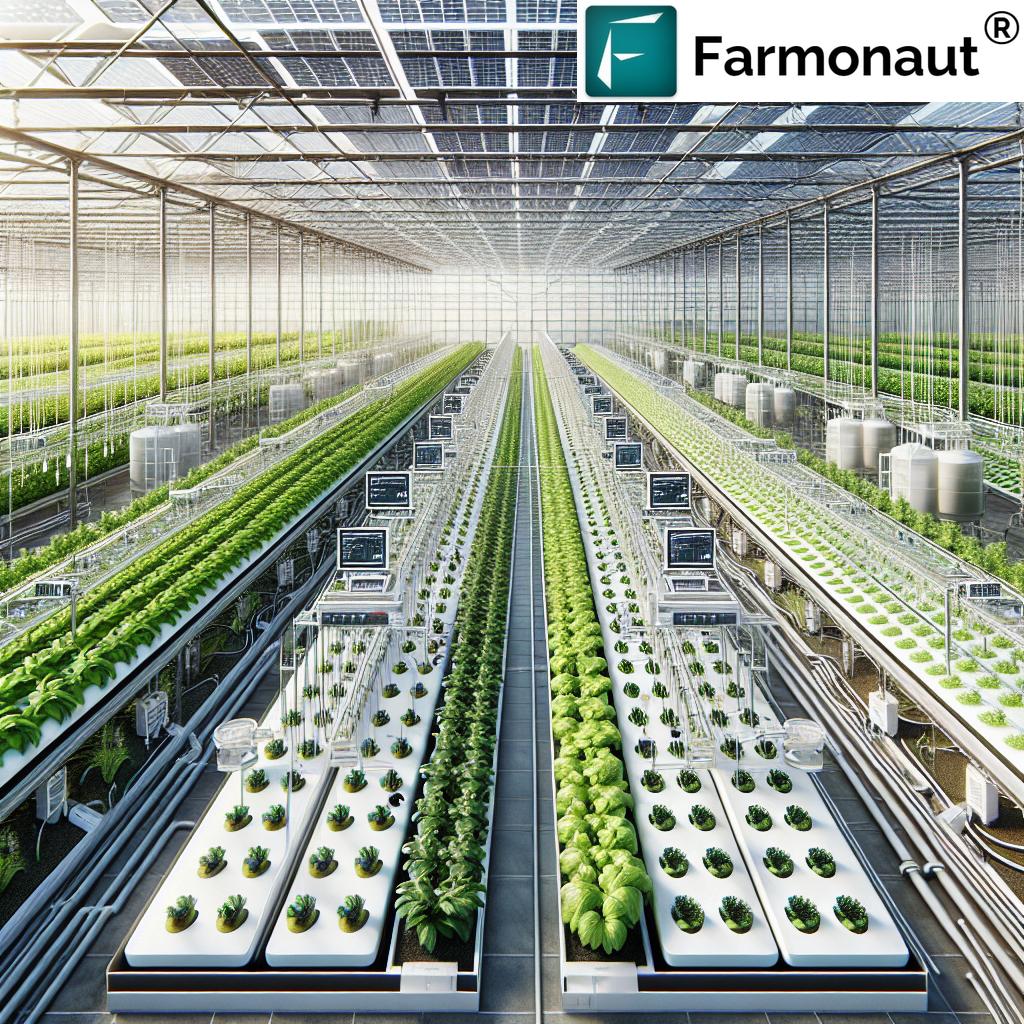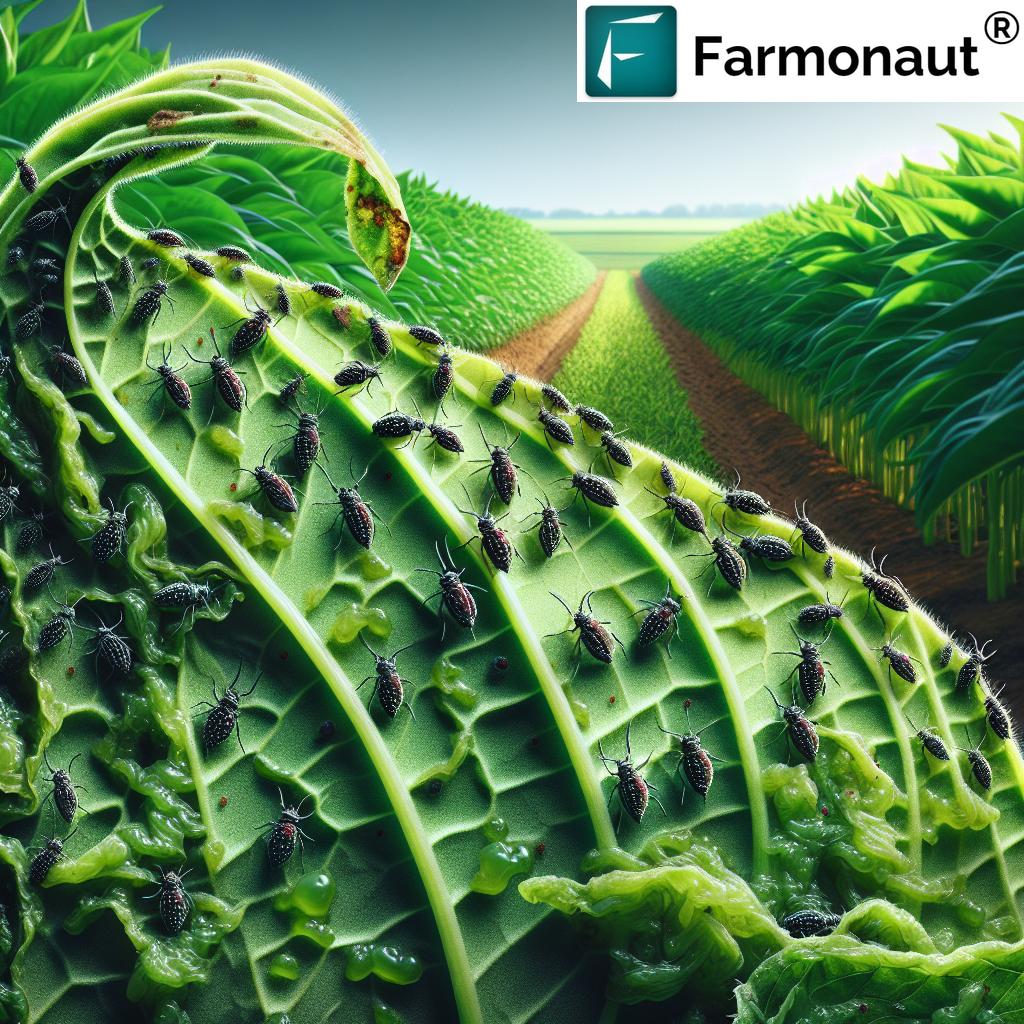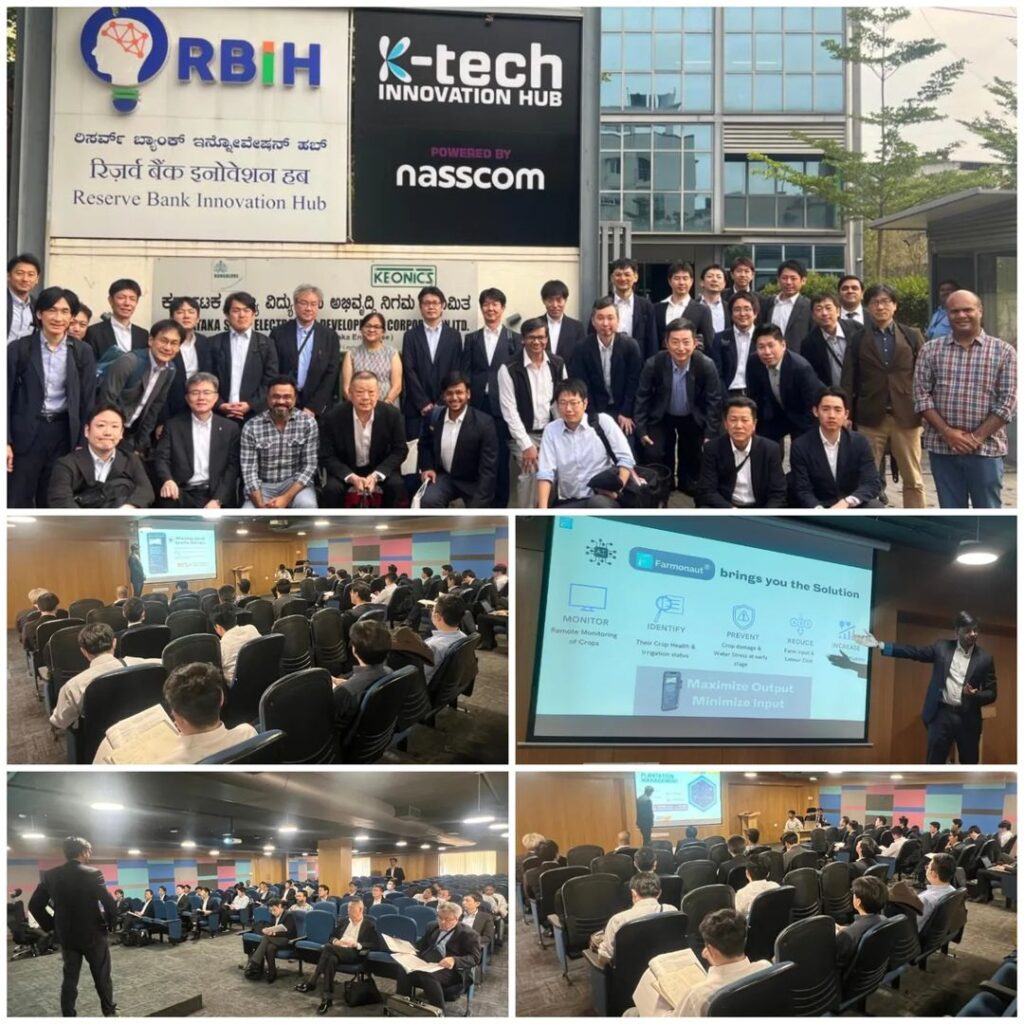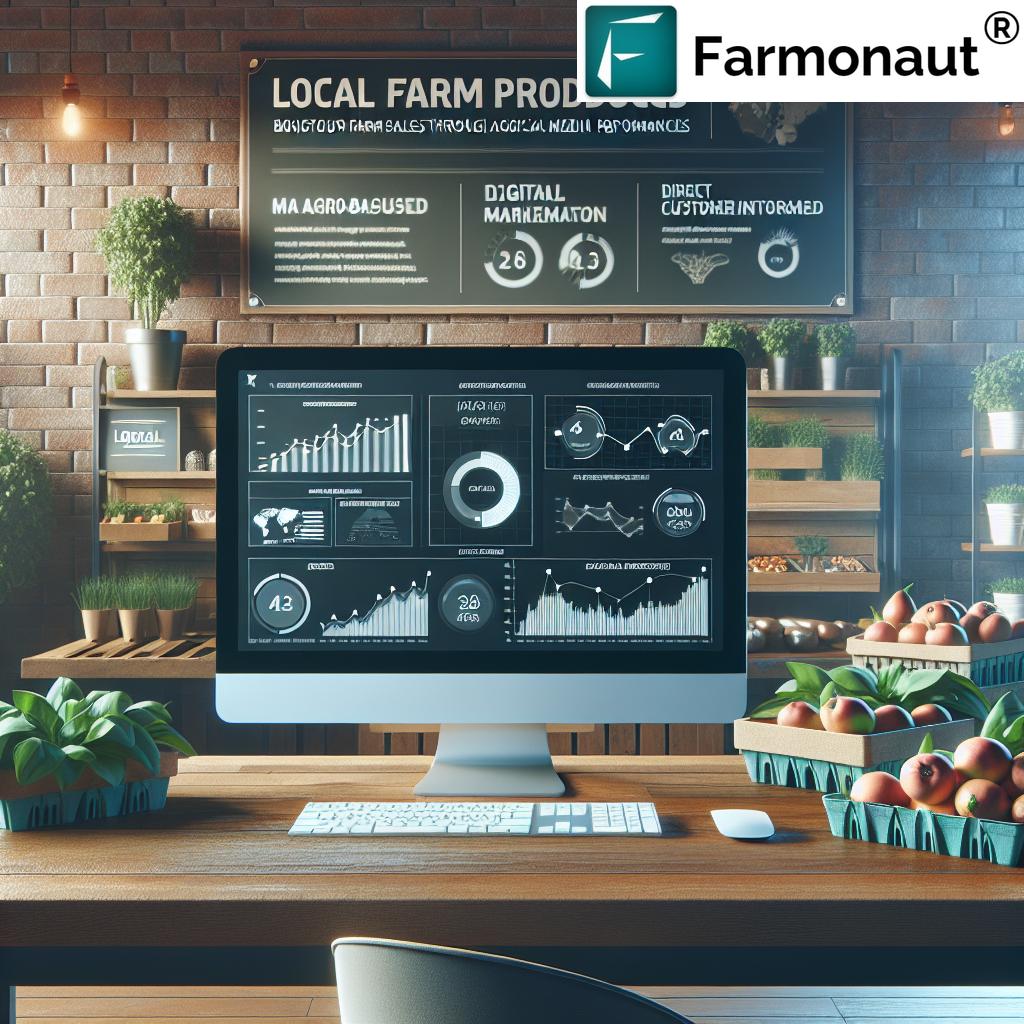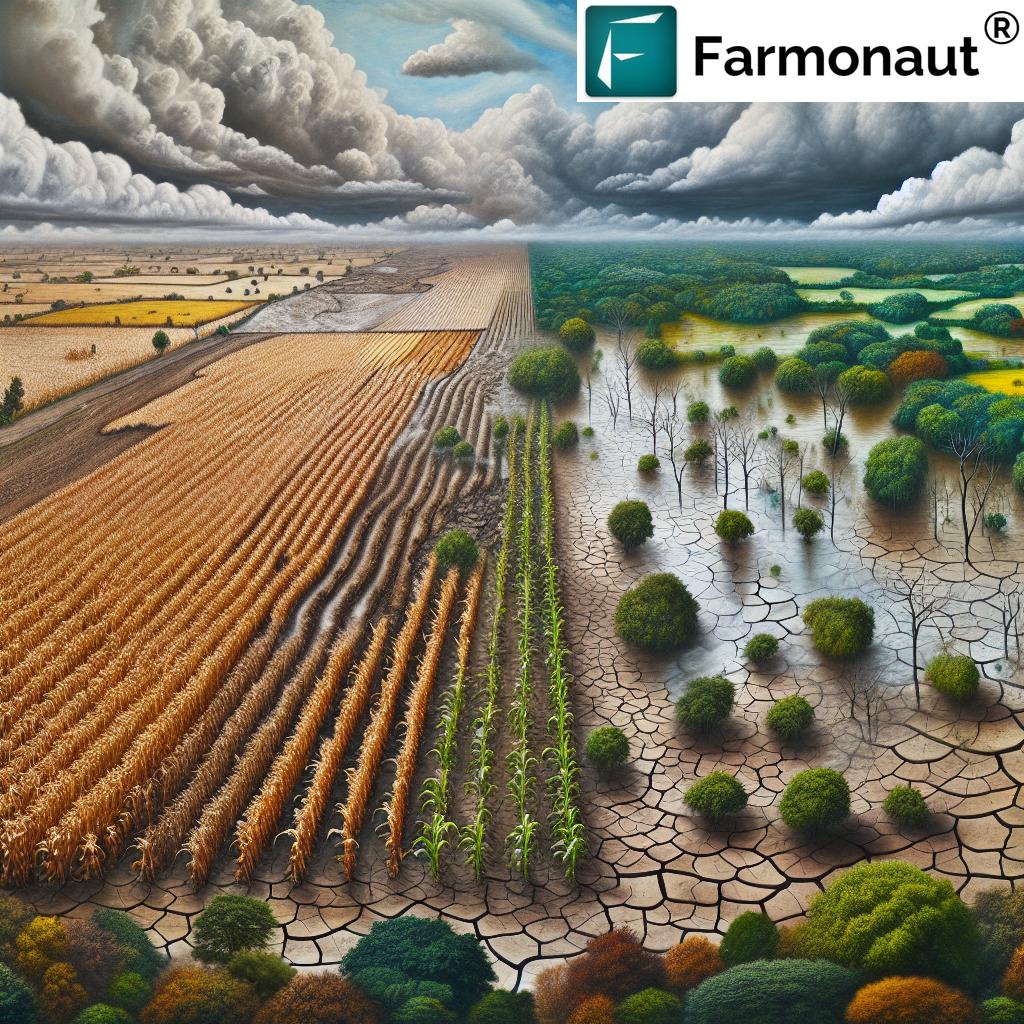Eco Farming: 7 Powerful Ways to Boost Soil and Biodiversity
“Eco-farming can increase soil organic matter by up to 58% compared to conventional farming methods.”
Introduction to Eco-Farming & Sustainable Agriculture
In our ever-evolving world, eco-farming—also known as ecological or sustainable agriculture—has emerged as a beacon of hope for nurturing the land and revitalizing our relationship with food production. Unlike conventional farming, which often relies on monocultures and heavy chemical input, eco-farming integrates environmental health, economic profitability, and social equity. This holistic approach embraces farming practices that maintain the ecosystem’s balance, conserve precious resources like water, and significantly enhance biodiversity within agricultural systems.
As farmers and food system stakeholders, it’s imperative for us to understand how eco-farming methodologies can increase crop yields, promote soil health, and even foster local food sovereignty. By doing so, we can contribute to more resilient, productive, and sustainable food systems that benefit current and future generations.
Understanding Eco-Farming: A Paradigm Shift
At its core, eco-farming moves beyond merely growing crops. It’s about cultivating harmony between nature’s cycles and human intervention to create systems that can thrive sustainably. Through practices such as crop rotation, organic fertilization, and integrated pest management, eco-farming helps us reduce reliance on synthetic chemical inputs, boost beneficial insect populations, and preserve ecosystem resilience.
Eco-farming is not just a method; it’s a commitment to protecting human, environmental, and economic health by making conscious decisions in every step of the food production process.
“Sustainable agriculture practices can boost on-farm biodiversity by as much as 30% within just five years.”
Principles of Eco-Farming
Our commitment to sustainable agriculture is guided by several foundational principles. Let’s delve deeper into these core concepts underpinning the transition from conventional to ecological farming:
- Food Sovereignty: At the heart of eco-farming lies the belief in empowering local communities to control how their food is grown, distributed, and consumed. This principle encourages us to move away from corporate-dominated, industrialized agriculture towards systems that prioritize social equity and community well-being.
- Biodiversity Conservation in Farming: By cultivating diverse crops and livestock, we reduce dependency on single-species cultivation (monocultures) and bolster the farm’s ecosystem resilience. Biodiversity is vital for natural pest control, soil fertility, and maintaining a dynamic, healthy agricultural landscape.
- Sustainable Soil Health Management: Practices like crop rotation, cover cropping, and organic fertilization are employed to improve and maintain healthy soil structure. These methods help enhance soil organic matter, prevent erosion, and foster beneficial soil organisms.
- Natural & Integrated Pest Management: Leveraging biological controls and the farm’s ecology, we manage pests via natural predators and minimal use of synthetic pesticides. This reduces harmful environmental impacts and supports biodiversity.
- Water Conservation in Agriculture: Efficient irrigation strategies, such as drip irrigation and rainwater harvesting, play a key role. We aim to reduce waste, conserve freshwater resources, and mitigate the impact of droughts on our crops and soil.
- Integrated Livestock Systems: Incorporating livestock into our farm ecosystem helps recycle nutrients, control weeds, and enhance soil health through natural manure application, reducing dependency on synthetic fertilizers.
- Reducing Chemical Inputs in Agriculture: We are committed to minimizing or eliminating synthetic fertilizers and pesticides, protecting environmental and human health while encouraging natural ecosystem processes.
Benefits of Eco-Farming: The Triple Bottom Line
Eco-farming doesn’t just benefit the environment; its advantages ripple through our economies and communities. Here’s how adopting sustainable agriculture practices can transform farms and food systems:
- Environmental Benefits: Eco-farming practices—such as cover cropping, reduced tillage, and agroforestry—improve soil structure, conserve water, and promote biodiversity. Agroforestry systems encourage the coexistence of a diverse range of plants, animals, and beneficial insects, boosting natural pest control and ecosystem health.
- Economic Benefits: By reducing input costs and optimizing resource use, eco-farming can increase profitability for farmers. Sustainable, eco-friendly produce often commands higher market prices, further improving farmer incomes.
- Social Benefits: Eco-farming supports food sovereignty, strengthens rural economies, and creates long-term, sustainable livelihoods. It also ensures food security and fosters a stronger sense of community investment in local agriculture.
Did you know? By integrating these approaches, eco-farming not only maintains but often improves the long-term productivity of agricultural land compared to conventional methods!
7 Powerful Eco-Farming Practices for Soil & Biodiversity
Now, let’s explore the 7 powerful ways in which we can implement eco-farming to boost soil health and enhance biodiversity on our farms. These practices not only contribute to environmental sustainability but also drive improved yields and profitability.
1. Crop Rotation Benefits: Restoring and Enhancing Soil Health
Crop rotation is the strategic sequencing of different crops on the same land over multiple seasons. Instead of planting the same crop year after year—which can lead to nutrient depletion and increased pest pressure—we alternate between cereals, legumes, root crops, and others.
- Improves soil fertility: By alternating nitrogen-fixing crops (like legumes) with cereals or root crops, we help replenish soil nutrients naturally, reducing the need for synthetic fertilizers.
- Reduces pests and diseases: Crop rotation disrupts the life cycles of many crop-specific pests and diseases, minimizing their impact without chemical pesticides.
- Supports biodiversity: Each crop attracts different beneficial organisms, enhancing ecosystem resilience and diversity.
2. Cover Cropping & Green Manures: Building Organic Matter and Preventing Erosion
Cover crops (like clover, vetch, or rye) are sown to cover the soil during periods when main crops aren’t growing. These plants protect soil from erosion, suppress weeds, and add biomass to the soil.
- Reduces erosion: Dense root systems hold soil in place, particularly during the off-season or between crops.
- Boosts organic matter: When cover crops are incorporated as green manure, they decompose and enhance the soil’s structure, fertility, and capacity to retain water.
- Improves biological activity: Cover crops create habitat and food for beneficial organisms such as earthworms, beetles, and microbes.
3. Organic Fertilization: Nourishing Soil the Sustainable Way
Organic fertilization is the application of manure, compost, or plant-based materials rather than synthetic inputs. These amendments deliver a rich array of nutrients and beneficial microorganisms to the soil.
- Slow-release nutrients: Organic fertilizers release nutrients gradually, supporting healthy crop growth and minimizing environmental runoff.
- Enhanced soil structure: Manure and compost deepen soil organic matter and improve its water-holding and nutrient-reserve capacities.
- Reduces synthetic input: Reduces the need for chemical fertilizers, helping to protect water resources and ecosystem health.
4. Agroforestry Systems: Diversifying Farm Ecosystems
Agroforestry integrates trees and shrubs into cropland or pasture. This eco-farming practice brings a multitude of advantages for soil health, water conservation, productivity and biodiversity conservation in farming.
- Reduces wind and water erosion: Trees act as windbreaks, stabilizing topsoil and sheltering sensitive crops or livestock.
- Enhances carbon sequestration: Agroforestry systems capture atmospheric carbon, contributing to climate change mitigation.
- Boosts biodiversity: Multiple layers of vegetation create homes and resources for birds, insects, and beneficial organisms, thereby improving natural pest control.
- Diversifies farmer income: Trees can supply timber, fruit, fodder, or medicinal products, providing economic stability.
5. Reduced Tillage: Protecting Soil Structure and Life
Traditional plowing disrupts soil structure, exposes organic matter to oxidation, and can erode topsoil. Reduced (or no-till) farming maintains soil integrity by disturbing the ground as little as possible.
- Improves water retention: Undisturbed soils have better moisture conservation, reducing the need for frequent irrigation.
- Encourages beneficial life: Earthworms and other beneficial soil organisms thrive in undisturbed environments.
- Reduces input costs: Less fuel and labor required for tillage equipment means reduced greenhouse gas emissions and higher profitability.
6. Integrated Pest Management: Organic Pest Control Methods for Resilient Farms
Integrated Pest Management (IPM) combines ecological pest control strategies with targeted, minimal chemical intervention as a last resort. The focus is on prevention, monitoring, and biological controls.
- Encourages beneficial insects: Flowering hedgerows, natural refuges, and diverse cropping provide habitat for predators and pollinators.
- Reduces pesticide reliance: Early detection and appropriate response reduces the need for blanket chemical applications, protecting the environment and improving food safety.
- Offsets resistance issues: Rotating pest control methods helps prevent the buildup of pesticide-resistant pest populations.
7. Rainwater Harvesting & Efficient Drip Irrigation: Mastering Water Conservation in Agriculture
Water conservation in agriculture is essential for farm sustainability and climate resilience. By adopting efficient irrigation strategies and harvesting rainwater, we protect both crops and groundwater supplies.
- Efficient systems: Drip irrigation delivers water directly to plant roots, minimizing waste and evaporation.
- Rainwater harvesting: Collecting and storing rainwater during wet periods provides a crucial backup for irrigation during dry spells.
- Reduces costs: Lower water consumption translates to savings, especially in regions with high water prices or limited supply.
Farmonaut’s Large-Scale Farm Management Solutions give farms the ability to track water usage and implement precision irrigation strategies at scale, saving resources while improving yields.
Comparative Benefits Table: Eco-Farming Practices & Sustainability Indicators
Enhance your supply chain transparency with
Farmonaut’s Blockchain-Based Product Traceability: Ensure every product’s journey from farm to market is transparent, secure, and tamper-proof.
For developers and agri-businesses: Farmonaut offers powerful API access for real-time satellite data, crop health monitoring, and weather insights.
Check the API details or explore the
Developer Docs for seamless integration.
Challenges & Key Considerations for Transition to Sustainable Farming
The transition from conventional to sustainable agriculture comes with its own set of challenges. It’s important for all of us—especially farmers, producers, and food system leaders—to keep these considerations in mind for a smoother, more successful shift.
- Knowledge and Education: Eco-farming often requires learning new approaches unfamiliar to traditional growers. Access to quality training and advisory systems—such as those powered by artificial intelligence or digital platforms—can make a world of difference in effective implementation.
- Economic Transition: Early adoption can involve costs (e.g., acquiring drip systems, soil amendments, or organic inputs) and a learning curve. Financial support mechanisms, incentives, or access to crop loans and insurance may be necessary, especially for smallholder farmers. Learn how satellite-based verification can streamline the crop loan approval process and enhance insurance reliability.
- Market Access: Farmers may need help entering markets that reward and recognize eco-friendly products. Building consumer demand and awareness for sustainably produced food is essential for long-term success.
By focusing on these areas—and leveraging smart technologies and data-driven advisory services—we can reduce barriers and facilitate a successful transition to sustainable agriculture.
Empowering Sustainable Agriculture with Farmonaut
As advocates of eco-farming, we must harness advanced technologies to support our field and environmental goals. Farmonaut offers a suite of precision agriculture tools that make sustainable practices more accessible and effective for both smallholder and large-scale farmers around the world.
- Satellite-Based Crop Health Monitoring: Multispectral satellite imagery provides accurate, real-time insights into crop health, soil moisture, and vegetation indices (NDVI). This data equips us to make informed decisions, optimize irrigation and fertilizer use, manage pest and disease risks, and improve input efficiency. Reducing resource waste is a key step in eco-farming.
- AI-Based Farm Advisory Systems: Customized recommendations for soil health management, crop nutrition, pest control, and water conservation empower us to make sustainable choices on the ground.
- Blockchain-Based Traceability: Transparent, verifiable supply chains build trust with consumers seeking eco-friendly products.
- Resource & Fleet Management: Farmonaut’s integration of fleet management tools allows us to minimize fuel use, reduce costs, and track resource allocation across all farming operations.
- Carbon Footprinting: Understanding and measuring the farm’s environmental footprint is crucial for continuous sustainability improvement.
This Fleet Management Solution optimizes vehicle and machinery use to further minimize environmental impact and increase operational profitability.
Farmonaut operates through an easy-to-use subscription model, providing digital, mobile, and API-based access to all tools—making it scalable for individual farmers as well as large agribusinesses and public institutions. Explore our current subscription plans below:
Frequently Asked Questions (FAQ) on Eco-Farming & Sustainable Agriculture
What is eco-farming and how does it differ from conventional agriculture?
Eco-farming, also called ecological or sustainable agriculture, integrates environmental, economic, and social goals. It emphasizes soil health, biodiversity, water conservation, and minimal chemical input, unlike conventional farming which often focuses on monocultures and heavy reliance on synthetic fertilizers and pesticides.
How can eco-farming enhance soil health?
Eco-farming practices—such as crop rotation, cover cropping, and organic fertilization—improve soil structure, organic matter content, and microorganism activity, leading to nutrient-rich, resilient soils.
Is eco-farming more profitable for farmers?
Yes! Sustainable agriculture often reduces input costs (like fertilizers and irrigation) and improves yields over time. Eco-friendly products can also access premium markets, increasing profitability.
What are the main barriers to transitioning from conventional to eco-farming?
Challenges include the need for knowledge and training, initial investment in new systems (like drip irrigation), and gaining access to markets for sustainable products. Leveraging digital advisory tools and support services can ease the transition.
How is technology supporting eco-farming?
Technology—like satellite crop monitoring, AI-based advisory tools, and resource management software—helps farmers make informed decisions, optimize inputs, and reduce environmental impact for truly sustainable agriculture.
Conclusion: Towards a Sustainable Food & Farming Future
Eco-farming represents more than just a shift in agricultural techniques; it’s an entire paradigm shift towards sustaining soil, water, and biodiversity, while improving food sovereignty and economic stability for local communities. By embracing practices like crop rotation, cover cropping, organic pest control, efficient irrigation, and agroforestry systems, we contribute to a healthier planet and a more resilient farming sector.
Alongside these ecological strategies, the intelligent adoption of agricultural technology—such as that offered by Farmonaut—empowers us to monitor, analyze, and optimize every aspect of the farming cycle. With data-driven insights and real-time monitoring, we can elevate productivity, profitability, and environmental stewardship hand-in-hand.
The journey is ongoing, and the path at times challenging, but the rewards—regenerated soils, flourishing biodiversity, and sustainable food systems—are manifold. Together, let’s lead the transition to sustainable farming and create a legacy of abundance and harmony for generations to come.














